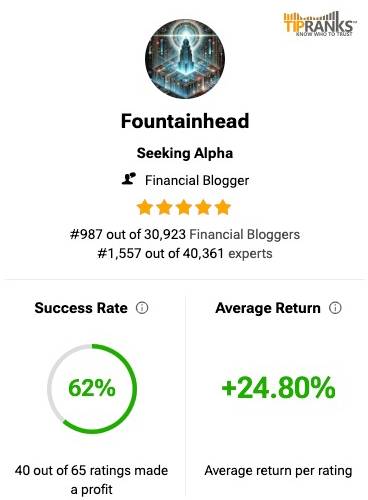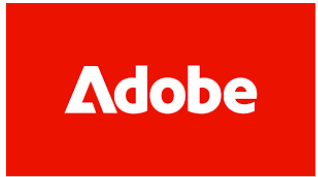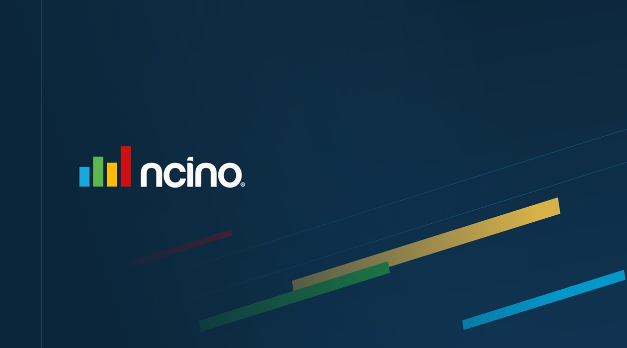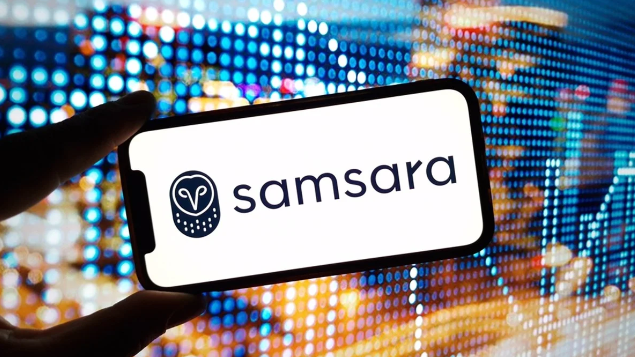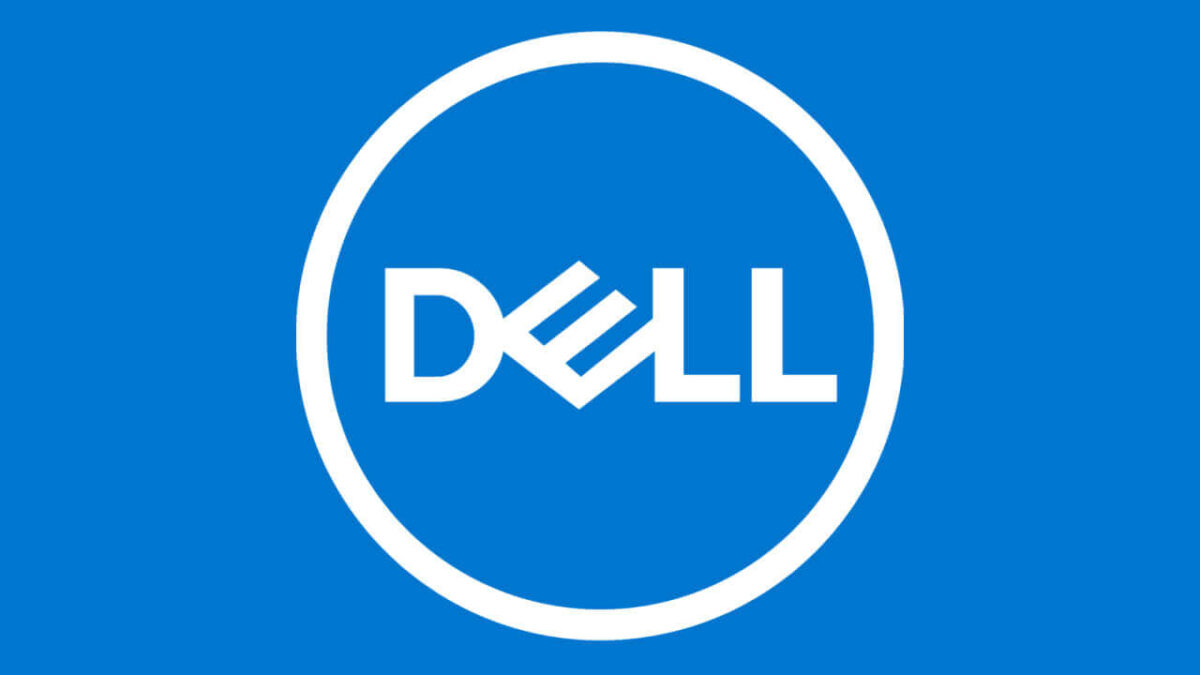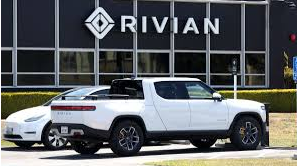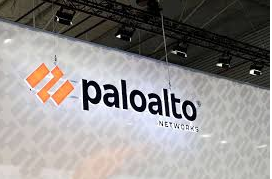Pagaya (PGY)
It was an interesting call and some questions were answered, which is kind of normal for these meetings.
- Guidance is reaffirmed for Q1-24 and full year 2024, which is about $170Mn in adjusted EBITDA.
- Pagaya will be operating cash flow positive in early 2025 – reaffirmed. This was given with enough specifics, there will be enough margins from credit lending to tide over retention requirements.
- There was a certain amount of naivete about getting a good deal from Wall Street for the recent capital raise, from both Pagaya and several of us bullish analysts. Wall Street never overpays and Blackrock, most definitely never does. And as the market was driven down, two other institutions besides Blackrock, who were part of the raise also bargained much lower than the original price.
- In terms of risk – there was a fair amount of detail provided on 2021-2022 vintages, which had weaker loans than 2023 and current cohort, but management again reiterated that this was significantly lower than the rest of the market. I suspect that this weakness was well taken advantage of by the investors in the current capital raise.
- In securitization even though the issuer has to retain only 5% for compliance, the performance of the loans still matters because the underwriter will not come back to you as the issuer keep piling on bad loans, and because securitizations work in tranches – the top tranche has the best loans and so on, the weaker tranches cannot afford to have too many delinquent loans..in which case the issuer will have to take up that slack to just to stay in business. The general impression we got was that some of the 2021 vintage was slow to be taken off the books at a decent price.
- Bottom line – I’m staying invested till the next quarters’ earnings call in May.
- I have submitted these questions:
“1) Please address the surprise, blindsiding nature of the capital raise (3 days after the Reverse Split). Also, the midstream lowering of the price of the offering while increasing the number of shares you offered.
“I believe the original estimate was $14.70, then it was $12.70, and I watched the volume that day of the offering: the majority of it was under $12, and the share price closed a little above $11. Institutional participation seemed hesitant, even lacking. Today the share price is $9.12
“The timing and execution of this offering has been an unmitigated disaster for your shareholders, somewhere around a $600ML loss for a $90ML capital raise.
“How do you square that? Now that the damage has been done, it’s time to be honest with your investors about the capital raise. What happened?
“2) Since the bearish analyst at Wedbush Morgan downgraded your price target to $11.50, while remaining neutral, citing “losses in risk-retention assets” there has been a horde of relatively-inexperienced DYI accountants pouring through your past financial statements, looking for buried losses that you have not explicated for investors.
“You stated them, yes, in the March 8th 20-F, but now the investing world wants an explanation.
“What is the performance of your risk-retention assets? Are they insured? What is their current status? Do you now have sufficient capital to steer Pagaya to the end of the year? And cover the 5% needed for future ABS investments? Can you reaffirm your 1Q24 guidance and your full year estimates? Thank you.”



